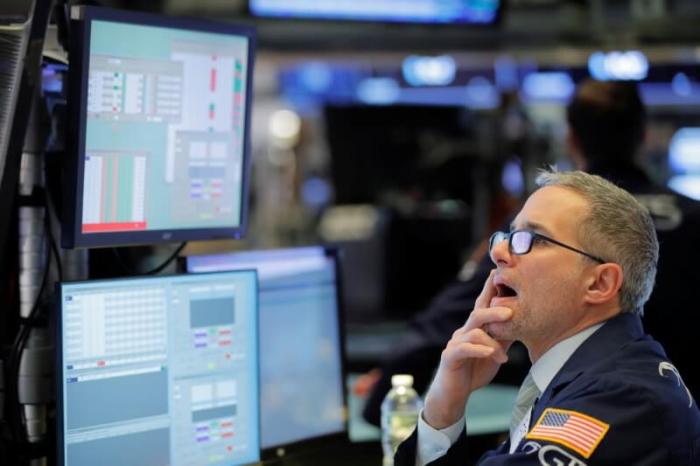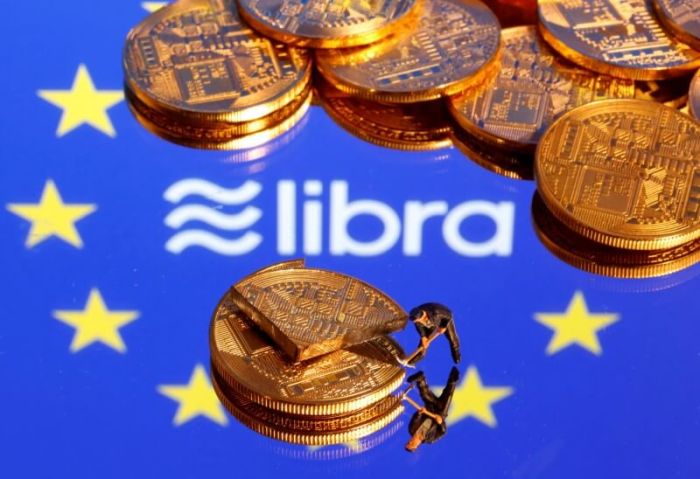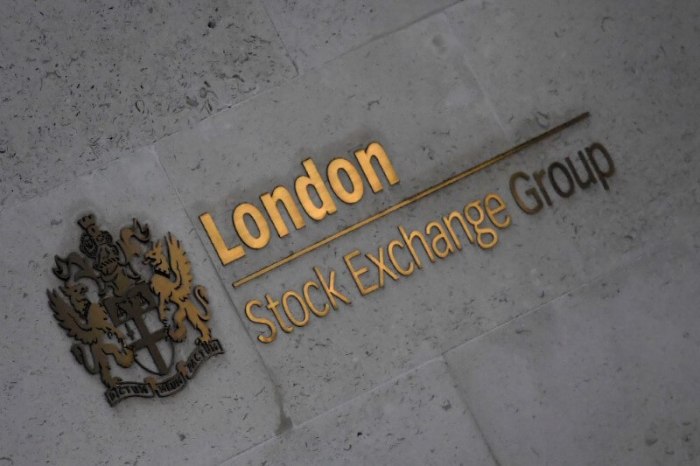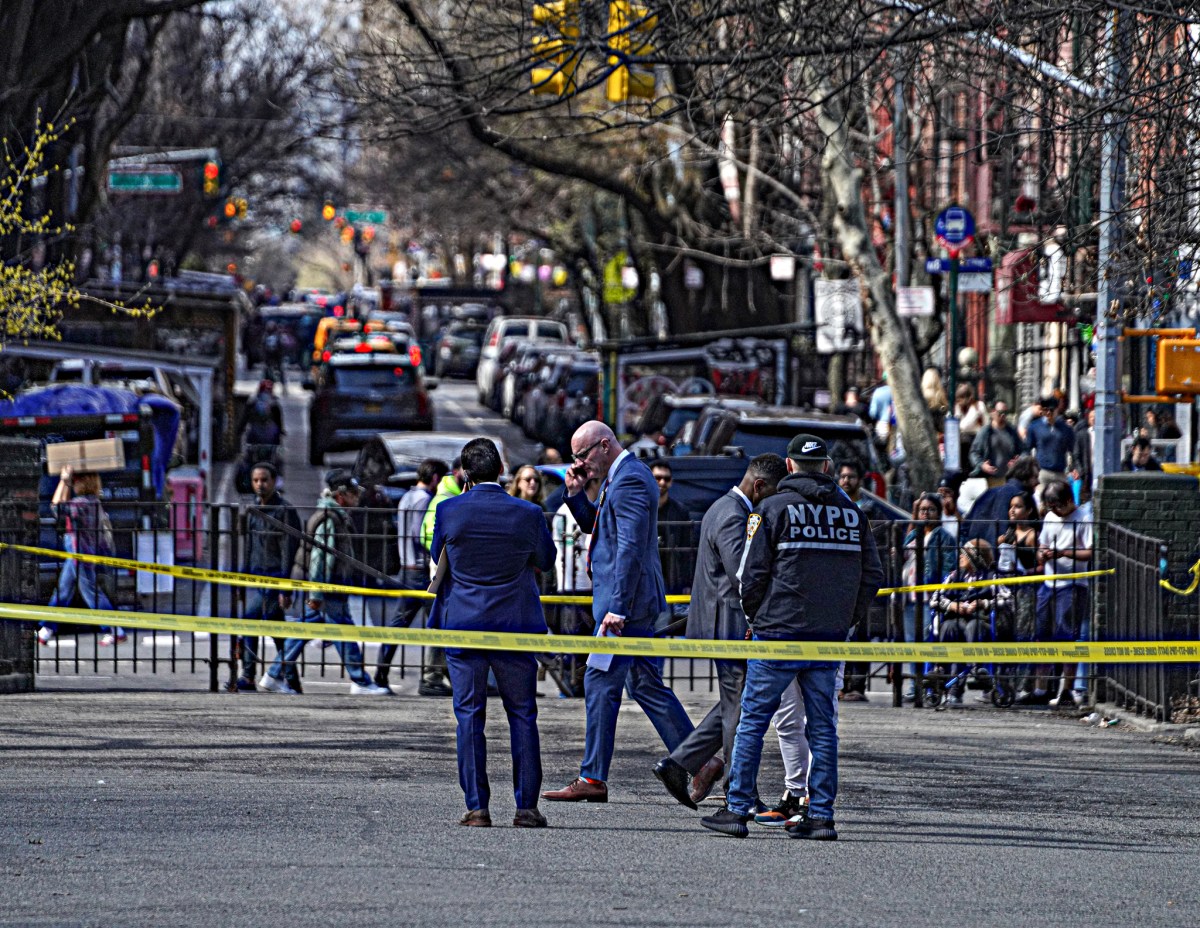By Marc Jones
LONDON (Reuters) – Chile’s central bank will intervene forcefully if violent protests threaten its peso currency again, though it hopes the relative calm in recent weeks will be enough to keep the country out of recession, its deputy governor Joaquin Vial said.
Vial told Reuters in an interview that Chile’s most widespread protests since its return to democracy in 1990 had done serious damage to the economy.
He is hopeful though that it will not be worse than the central bank feared in December when its slashed its 2020 growth forecast to a range of 0.5% to 1.5% from 2.75% to 3.75% previously.
“It looks to me that the estimate (for the economy) we made last quarter is very much in line with what happened,” Vial said.
Asked if there was still a risk of a “technical” recession, defined as back-to-back quarterly contractions in the economy, he added: “If you look at the chart we are probably going to avoid that because the worst figures were from October and November.”
“December is going to be very bad also, but we have seen some normalization and the first quarter will most likely be somewhat better…But we have to see how fast confidence is going to restore.”
The protests initially erupted in October after metro ticket prices were raised, but quickly escalated to subway stations being set alight and riots on the streets that left 26 dead and upwards of $1.5 billion in losses for businesses.
Vial warned that March and April could get rough again, with more student protests expected and then a referendum on replacing Chile’s dictorship-era constitution.
If tensions do flair again though the central bank is prepared after last year’s troubles saw the peso plunge 15%.
Vial said it had looked like getting “out of control” at one point, but the central bank stepped in, putting $10 billion of its roughly $40 billion of currency reserves on the table to stem the rout.
It required a number of emergency meetings but it worked. It ended up using about $2 billion of its reserves and the peso made back some ground, but the bank is still on alert.
“We have signaled very clearly that we may intervene again in the foreign exchange market if there is disruption again.”
(GRAPHIC – October protests pounded Chile's peso: https://fingfx.thomsonreuters.com/gfx/editorcharts/CHILE-CENBANK-POLICY/…)
At the same time, Vial stressed that the central bank does not want to change the “trend” of the exchange rate.
“Among other things we think this is part of the normal reaction to the new reality of the Chilean economy,” he said referring to the sharp shock to growth. It could be argued that is should be lower, but “we don’t feel uncomfortable with this level of the exchange rate,” he added.
On interest rates, which did not change during the protests, there are opposing forces. The economy is under stress, but the sharp drop in the peso means inflation will soon be nearly 4%, well above the central bank’s preferred level of 3%.
“We don’t feel the depreciation has created the pressure to raise rates,” Vial said.
However, with the risk of more peso weakness if demonstrations become violent again, he added: “from my personal point of view, (a rate cut) is less likely that the opposite option.”
(Reporting by Marc Jones; Editing by Angus MacSwan)






















